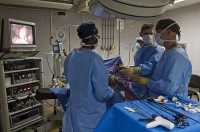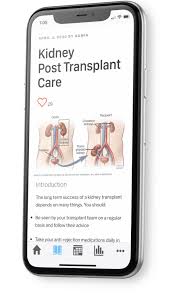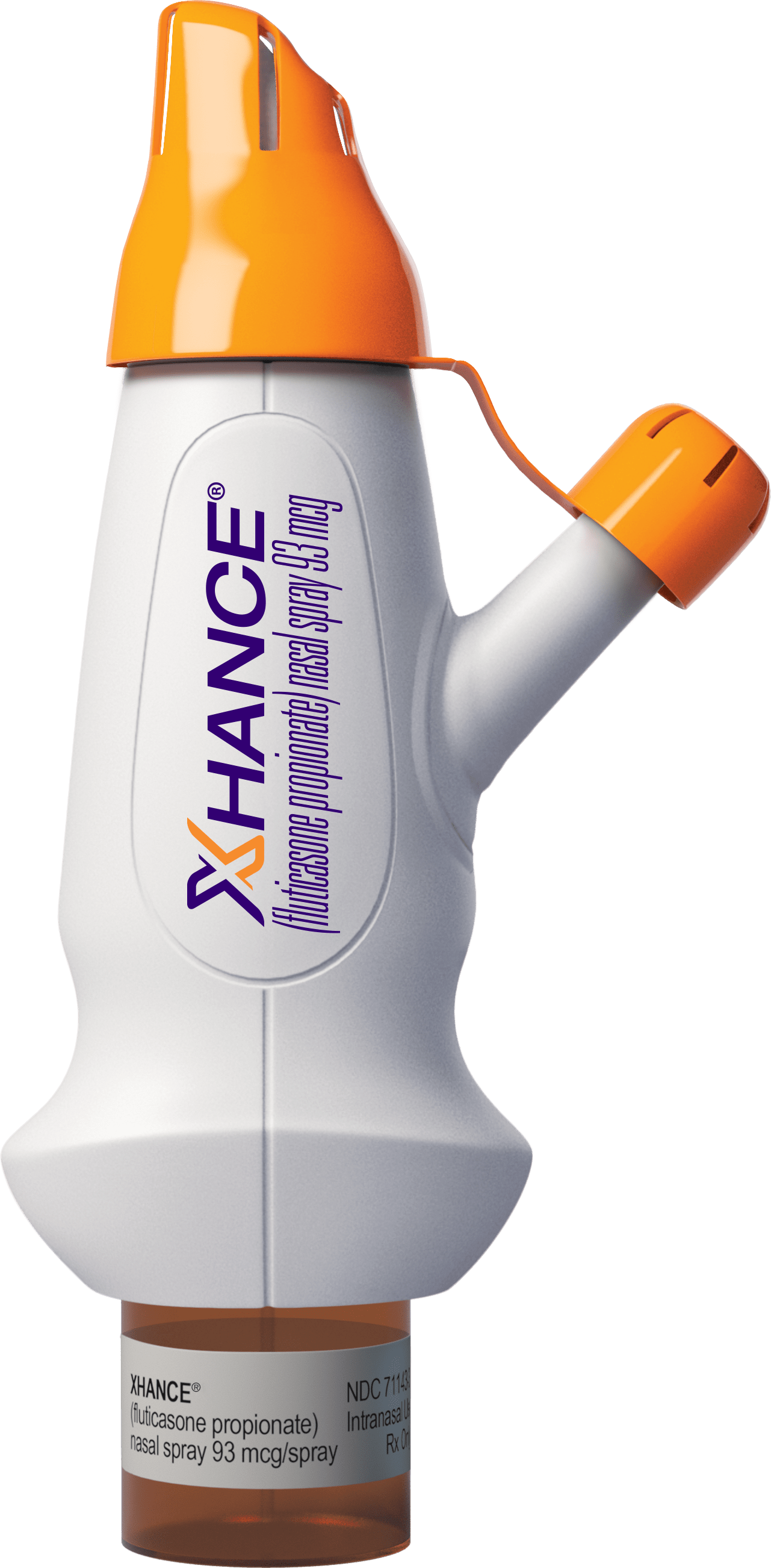Simple Mouthwashes May Inactivate Coronaviruses
Public’s Willingness to Get Vaccinated: Do Politics Matter?
Does Changing Zip Codes Change Your Risk of Chronic Health Conditions?
Time for a Change in Endoscopic Modality of GI Cancer Screening
Which Income Group Linked to More E-Cigarette Purchases?
Who Takes COVID-19 Health Problems More Seriously? Men or Women?
SARS-CoV-2 Can Remain Viable on Surfaces Longer Than Originally Thought
Re-evaluation of Race Multiplier in Estimating Kidney Disease
The original CKD-EPI and MDRD studies showed an association between African-American race with higher measured GFR at the same blood creatinine concentration. However, there have been concerns raised about the application of the race multiplier to all African-American patients. First, there is no clear biological explanation for the association, the identification of Black race was unclear in some of the cohorts used in these studies, and there is vast genetic and ancestral heterogeneity among those who self-identify as black. The use of the race multiplier also ignores the fact that race is a social, not biological construct.
We found that with the removal of the race multiplier, up to one in every three African-American patients would be reclassified as having a more severe stage of CKD, with one-quarter of African-American patients going from stage 3 to stage 4. We also found that with the removal of the race multiplier, 64 patients would have had an eGFR <20, the threshold for referral for kidney transplant, and none of these patients were referred, evaluated or waitlisted for transplant. This is in contrast, to those African-American patients with an eGFR <20 with the race multiplier applied, who had a higher odds of being referred, evaluated or waitlisted for transplant compared to other racial groups (Odds ratio of 2.28, compared to White cohort).
(more…)Surgical Procedures That Generate Aerosols Requiring Enhanced PPE


MRI Detects Brain Structure Linked to Increased Weight Gain in Children
Why Do Female Surgeons Perform Less Complex Procedures?
Dopamine Genotype Linked to Walking Speed in Older Adults
President of Transplant Recipients International Discusses Transplantation Experience in Time of COVID-19


Musical Training in Childhood Linked to Improved Attention and Working Memory
TAGRISSO® (osimertinib) in Resected EGFR-Mutated Non–Small-Cell Lung Cancer
Is Exercise Intensity Related to Longevity?
Parents Play Important Role in Whether Kids Smoke or Vape


Global Liver Institute Urges Congress to Fund Fight Against Liver Cancer During COVID-19 Epidemic
DetermaRx™ Stratification Test Identify Patients With Stage I-IIA Non-Squamous NSCLC Who May Benefit From Adjuvant Chemotherapy
- Stage I-IIA non-squamous NSCLC represents ~20% of the lung cancer population and 40,000 patients annually in the U.S.1
- Patients with this diagnosis usually undergo surgical resection and are presumed “cured”. While these patients are presumed “cured”, the recurrence rate in early-stage NSCLC of 30-50%. Usually, these recurrences happen within the first two years after surgery and are likely due to the presence of occult distant metastasis at the time of surgery.2
- Until now, there has not been a validated means of identifying which early-stage patients are at a higher risk of disease recurrence and require adjuvant chemotherapy, versus those patients that are likely cured by surgery alone.


























